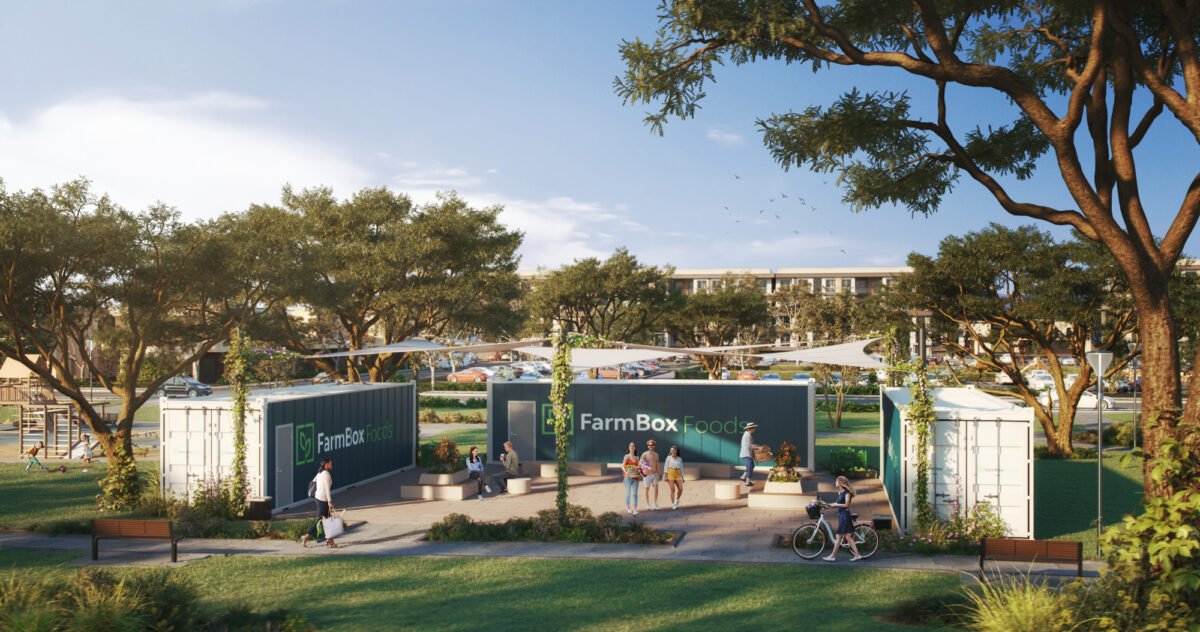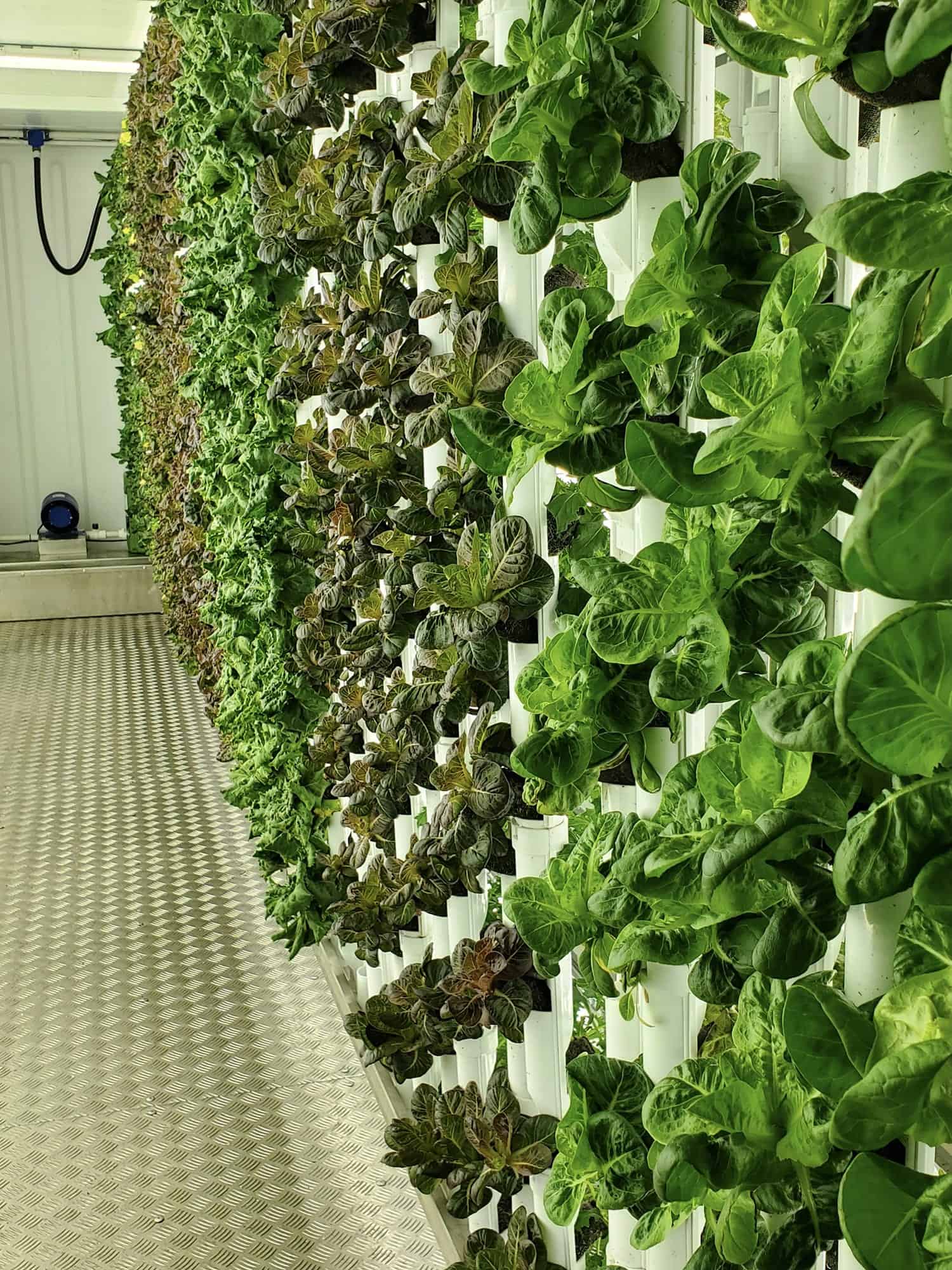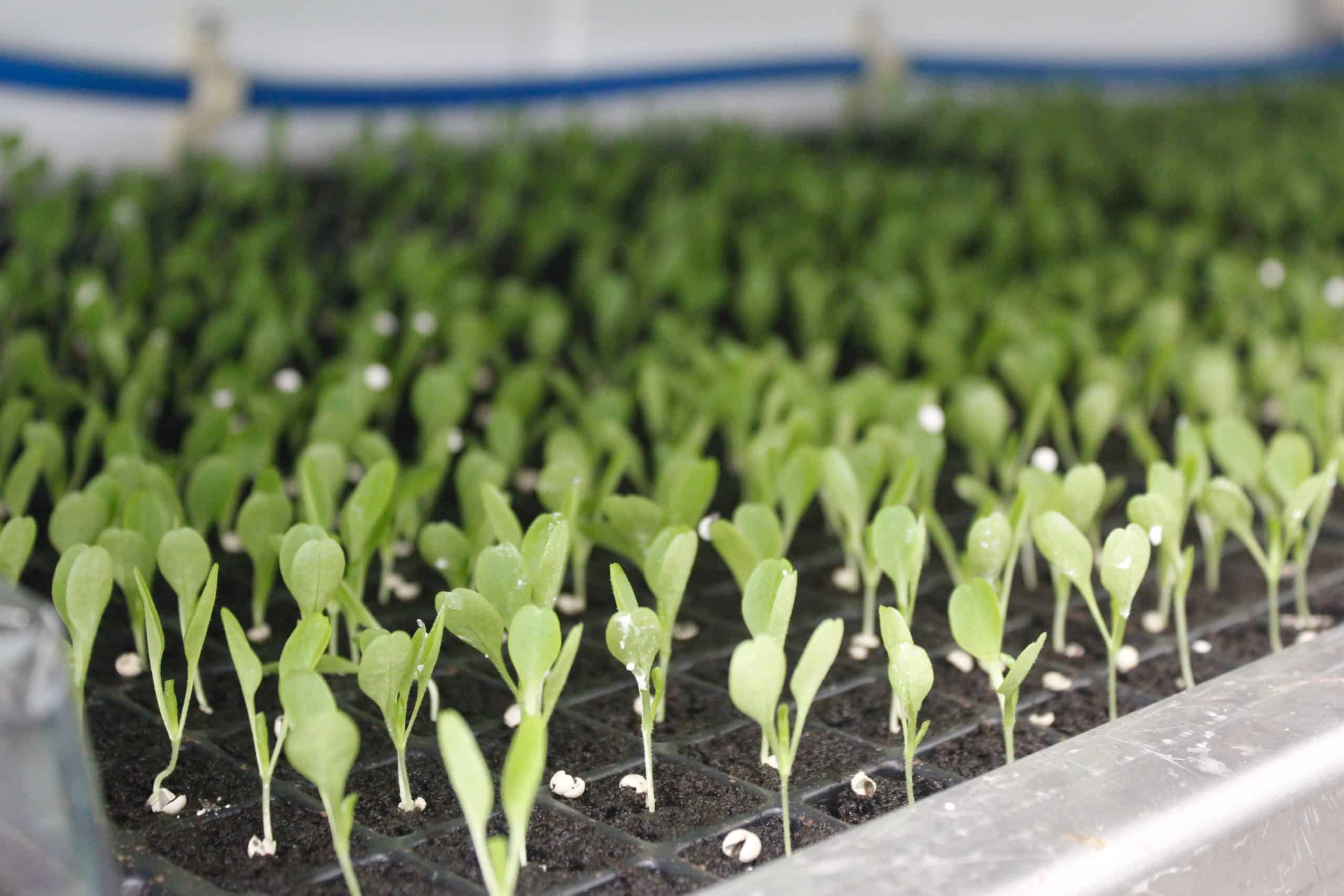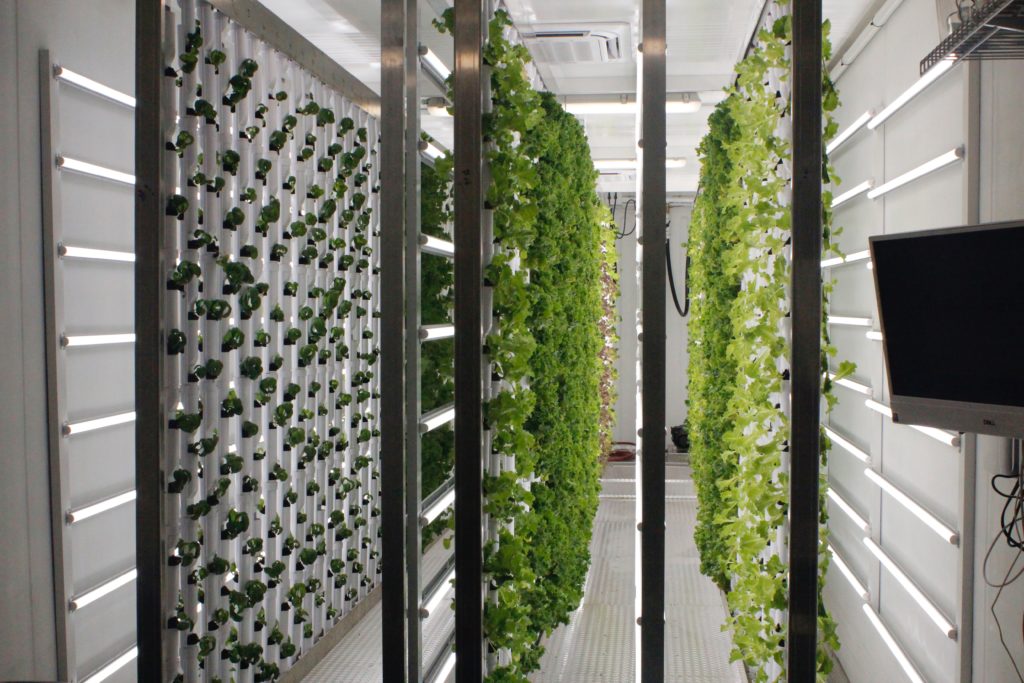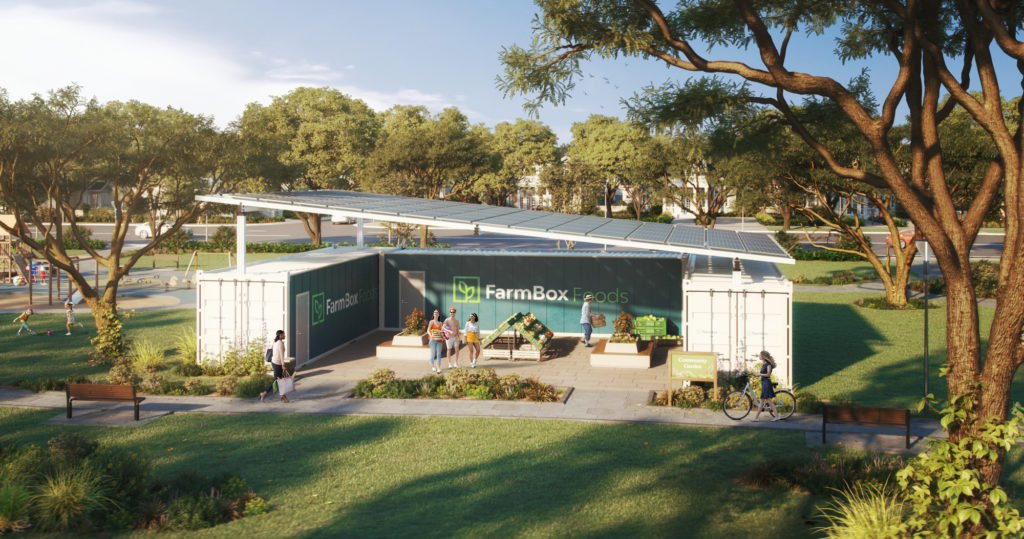Imagine for a moment having a weekly farmers’ market in your community throughout the entire year.
Most can only dream of such a scenario, as typical community gardens take root in May and close for the season in October (depending on where you live). Additionally, demand for space is persistently high and waiting lists can be years long. But what if the community garden was expanded into indoor spaces, eliminating seasonal barriers from the equation?
Residential community developers — as well as those who serve on boards that oversee the neighborhoods — know that acreage is at a premium, and dedicating enough space for a traditional farm can be a challenge.
But what if the farm took up only 320-square-feet of space? 
If you’ve ever considered bringing indoor growing to your community, read on. A controlled-climate container farm could be what you’ve been looking for.
Automated container farms can be placed in urban areas, close to consumers, meaning produce can be delivered quickly, thereby reducing the carbon footprint associated with food transport and increasing accessibility to fresh, locally grown produce.
Accessibility improves the diets and overall health of property owners, and because it’s protected inside, the produce is grown without the use of harmful pesticides.
Container farms use less water and energy than traditional farms. They can operate year-round, regardless of weather conditions, by using efficient LED lighting and controlled environments to optimize growing conditions. This can result in a significant reduction in greenhouse gas emissions and water usage when compared to traditional farming methods. To take it a step further, tree seedlings can also be started in Vertical Hydroponic Farms made by FarmBox Foods and planted in the community later on, providing a full, get-your-hands-dirty experience for residents to play a part in bettering their subdivision.
Container farms can also provide educational opportunities for children and adults in the community. They can learn about sustainable farming practices, the benefits of locally grown produce, and how to grow their own food. The farms can create jobs in the community, and provide opportunities for entrepreneurship and small business development. They can also provide a new source of revenue for local farmers.
Aside from the aforementioned, a farm that operates year-round is a differentiator for housing developers who want to stand out from the rest. It shows a willingness to think critically about infrastructure that bolsters a neighborhood’s status, and it can be done for relatively little upfront cost. The farms can also be wrapped with a high-resolution design that makes it fit in with its surroundings.
Given the lengthy lifespan of container farms — 25 years or more — it’s an amenity that can become a community gathering place for decades to come.

